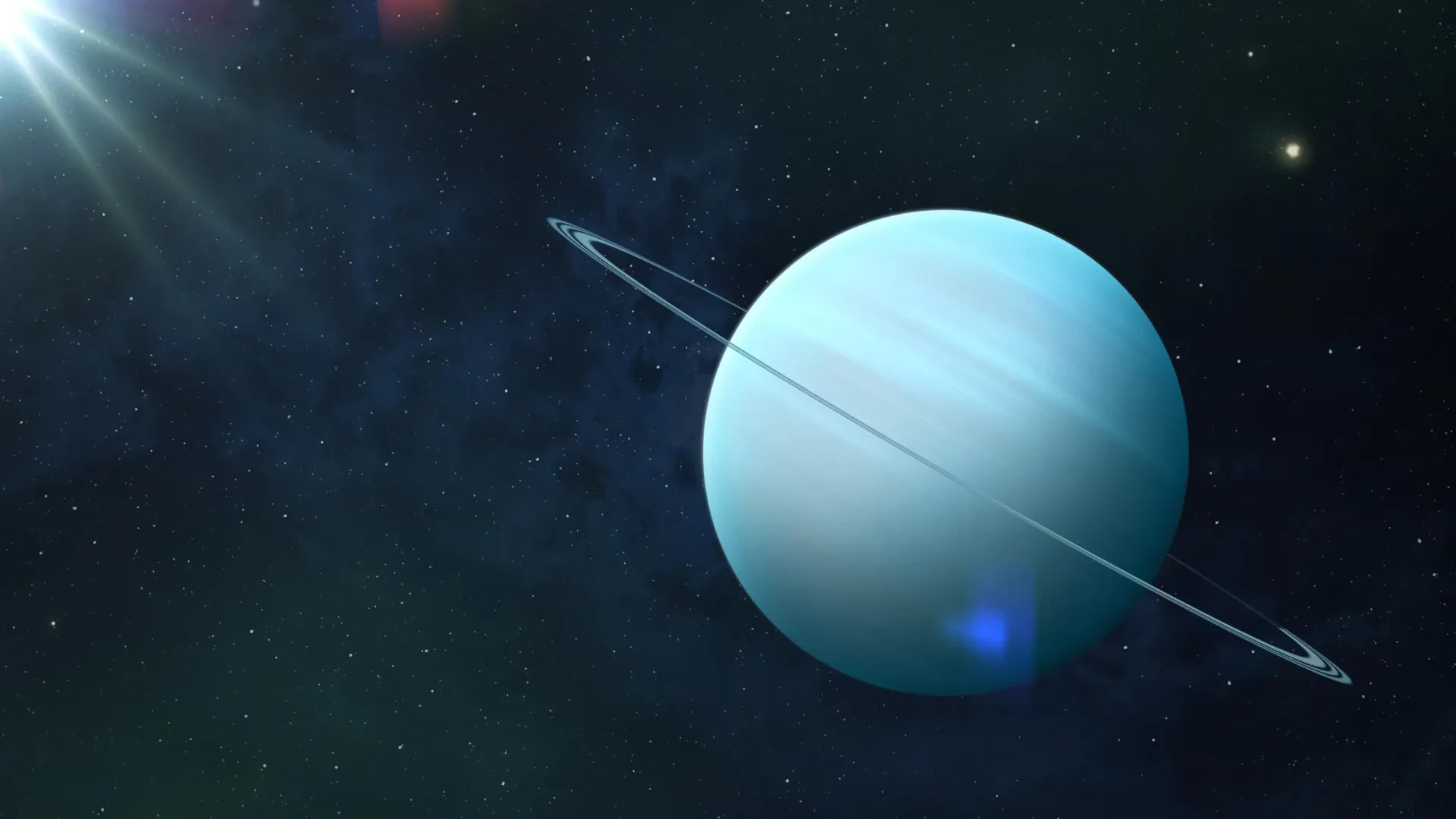Researchers discovered 11-million-year-old tektites in South Australia, evidence of a massive ancient asteroid impact whose crater has not been found. This finding reveals a previously unknown event in Earth's history and changes scientists' understanding of past impacts.

October 16, 2025

Source:
Sci.News
New Evidence of Ancient Asteroid Collision
Scientists have identified a unique field of glassy fragments, called tektites, scattered across South Australia. These ancient “ananguites,” newly distinguished by researchers, were created roughly 11 million years ago when a massive asteroid collided with Earth, ejecting molten material far from the impact site. The team's findings were published in Earth and Planetary Science Letters.
Unique Characteristics
Chemically distinct: Ananguites are different from any other known tektite fields, including the prominent Australasian strewn field.
Limited to South Australia: So far, these tektites have only been discovered within this region.
This new evidence marks the first documentation of a significant asteroid impact in this area, broadening our understanding of Earth's violent past (Curtin University).
Keep up with the story. Subscribe to the PR+ free daily newsletter

Source:
The New York Times
Mystery of the Missing Crater
Despite clear impact evidence, researchers have not located the expected crater. Most impacts of this scale leave a visible scar on the Earth's surface.
Possible Reasons
Erosion or Burial: Geological processes could have eroded or buried the original crater over millions of years.
Remote Location: The impact site might lie in an inaccessible region or under thick sediment layers.
“These tiny pieces of glass are like little time capsules from deep in our planet’s history,” said Professor Fred Jourdan of Curtin University (ScienceAlert).
Read More

Source:
Sci.News
Share this news:




















